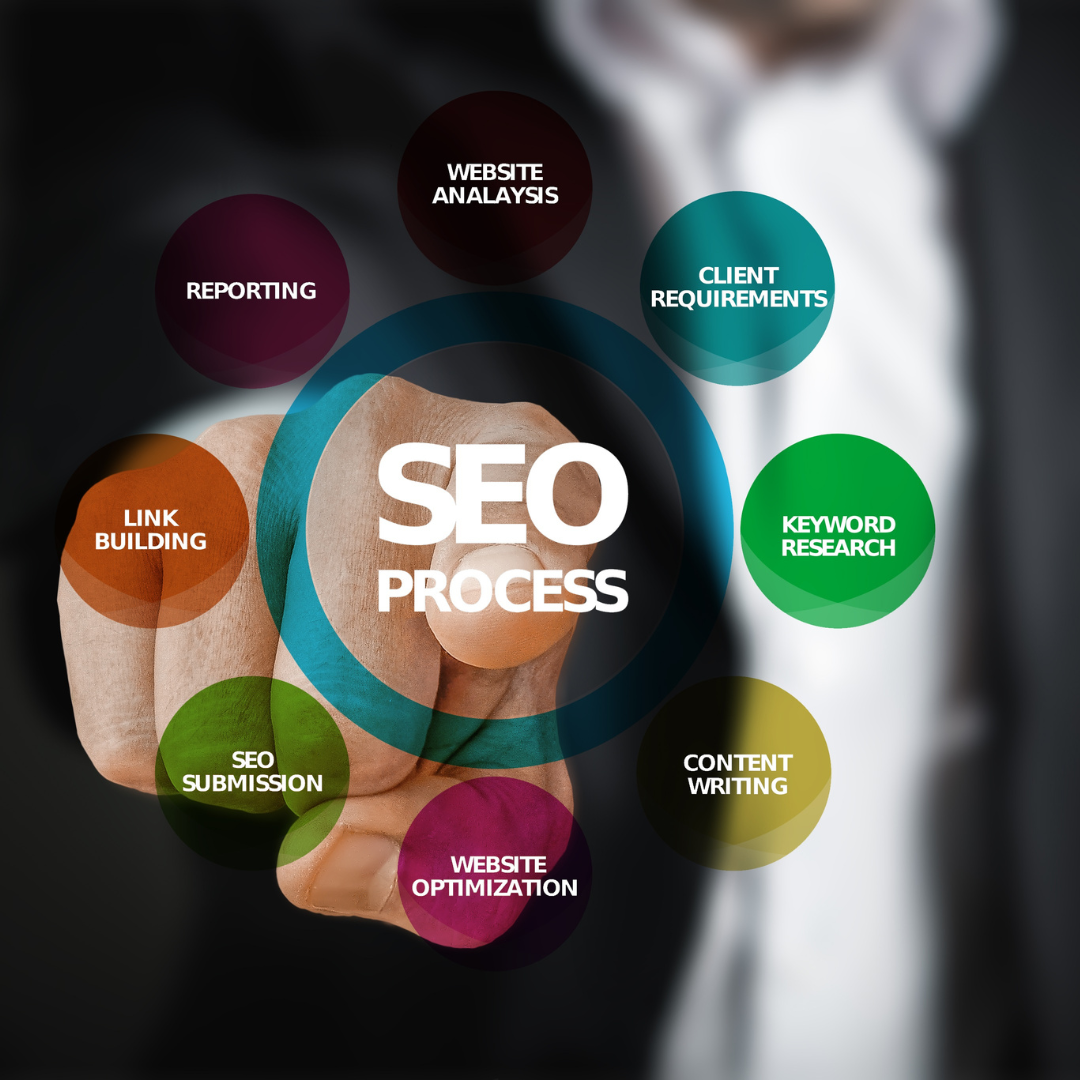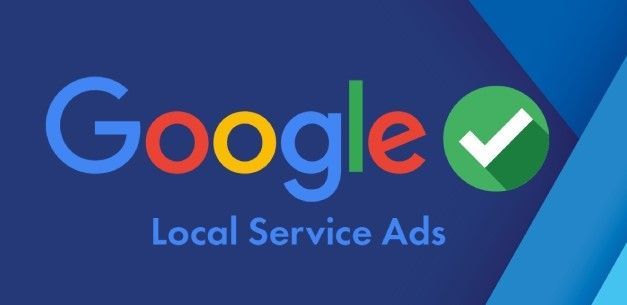A user-friendly design is essential for any website, including a pest control business website. Here are some key points to consider:
Clean and simple design: A clean and simple design can help users find the information they need quickly and easily. Avoid cluttered layouts, excessive use of graphics, or confusing color schemes.
Best practices for website navigation and layout: The navigation should be easy to find and easy to use. Stick to commonly understood navigation elements, such as a navigation menu at the top of the page. Also, consider using a hierarchical structure, such as main categories with subcategories, to make it easier for users to find what they're looking for.
Tips for optimizing website load time: Users expect websites to load quickly. To improve website load time, consider compressing images, minimizing code, and reducing the number of requests. Additionally, consider using a content delivery network (CDN) to serve static assets, such as images and scripts, from a server closest to the user.
Use responsive design: Make sure the website is optimized for all devices, including mobile phones and tablets. Responsive design ensures that the website adjusts to fit the size of the screen it's being viewed on, making it easy to use on any device.
Consistency: Consistency in design, font, and color scheme throughout the website helps users feel comfortable and know where they are on the website.
Call to Action: A website should provide a clear and prominent call-to-action. It is essential to tell the user what to do next, such as calling, booking an appointment or filling out a form.
In summary, a user-friendly design is essential for a pest control business website. A clean and simple design, easy-to-use navigation, optimized load times, responsive design, consistency in design, and a clear call to action are all crucial components for a successful website.








